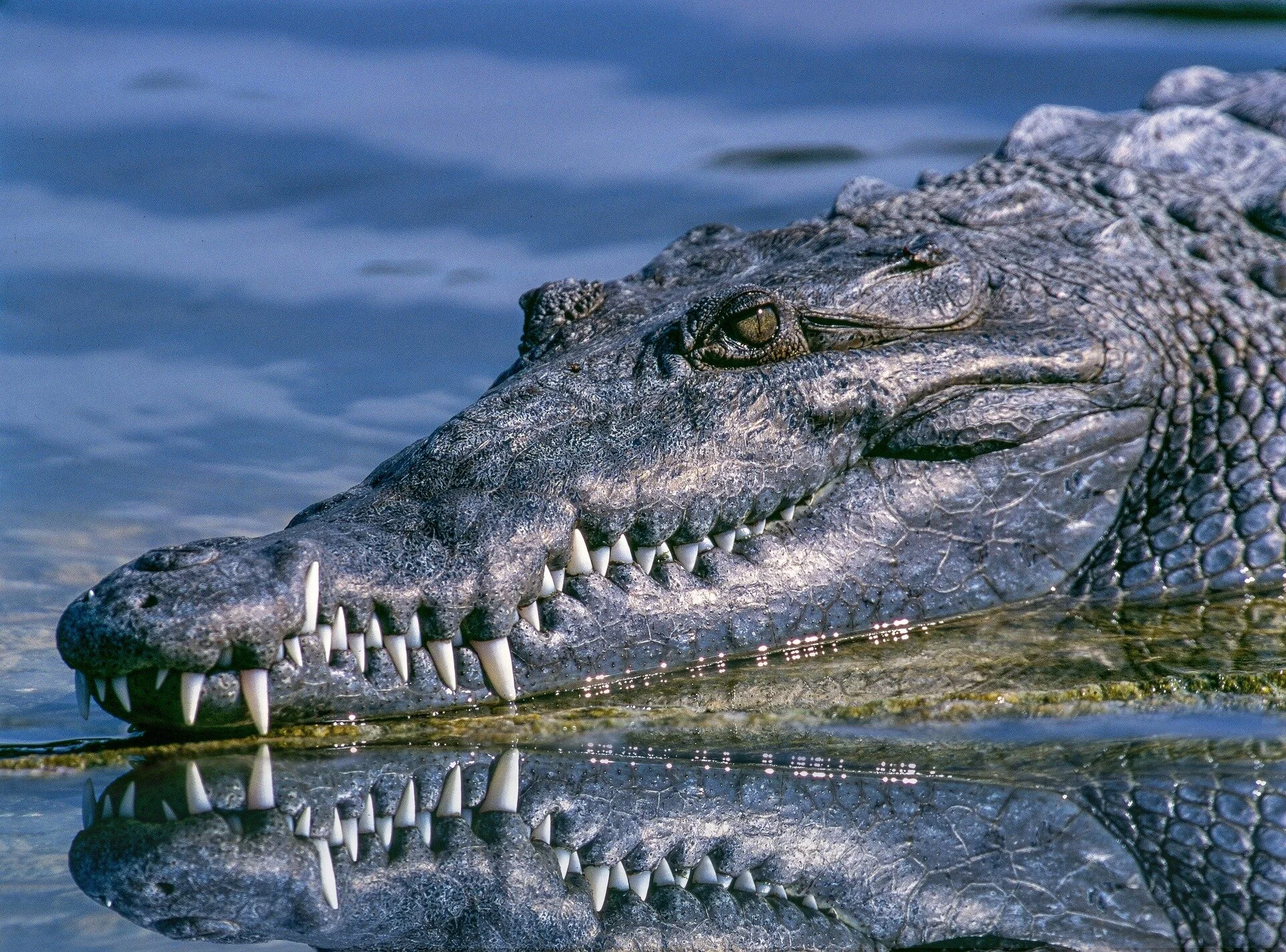A team of international paleobiologists has revealed that ancient crocodile-like animals called thalattosuchians were hindered from becoming deep-sea divers due to their unique sinus structures. A new study, published in Royal Society Open Science, examines why these Jurassic and Cretaceous predators didn’t evolve into deep divers like whales and dolphins.
Modern cetaceans, such as whales and dolphins, evolved from land animals into fully aquatic beings over 10 million years, with adaptations that allowed them to dive deeply without injuring their skulls. By reducing bone-enclosed sinuses and developing external sinuses and air sacs, cetaceans can endure high pressure in the ocean’s depths.
Thalattosuchians, which include two main groups—Teleosauridae, resembling today’s gharials in estuaries, and Metriorhynchidae, which were fully marine with flipper-like limbs—followed a different path. Researchers from the University of Southampton, University of Edinburgh, and other institutions wanted to understand if these ancient creatures made sinus adaptations similar to cetaceans.
Using computed tomography, the team analyzed 11 thalattosuchian skulls, along with those of modern crocodiles and other fossil species, to track sinus changes through evolutionary stages. They found that, while braincase sinuses decreased over time in thalattosuchians, similar to cetaceans, their snout sinuses expanded as they became fully aquatic, ultimately limiting their dive depth. Unlike cetaceans, which use sinus systems for pressure regulation, metriorhynchids’ large snout sinuses couldn’t handle the compression of deep dives.
Salt Glands and Expanded Snout Sinuses
Another crucial difference between thalattosuchians and cetaceans lies in how they managed salt intake. While whales and dolphins have kidneys adapted to filter out salt, sea reptiles like metriorhynchids relied on salt glands. The researchers believe the large snout sinuses in metriorhynchids helped drain these glands, preventing salt build-up similarly to modern marine iguanas.
Dr. Mark Young, lead author from the University of Southampton, explains, “Metriorhynchids’ expanded sinuses likely played a role in expelling salt. This unique structure acted like a bellows, compressing the salt glands within the skull and forcing excess salt out.”
Insights into Evolutionary Pathways
The study sheds light on how ancient animals adapted uniquely to life at sea. “It’s fascinating to see how thalattosuchians evolved differently from today’s cetaceans while sharing similar aquatic challenges,” says Dr. Julia Schwab, coauthor from the University of Manchester.
Dr. Young adds, “Thalattosuchians went extinct in the Early Cretaceous, so we may never know if they could have evolved further aquatic adaptations. This study emphasizes how anatomy and biology shape evolutionary possibilities.”
The research was funded by the Leverhulme Trust and provides valuable insights into the evolutionary diversity of ancient marine life.
